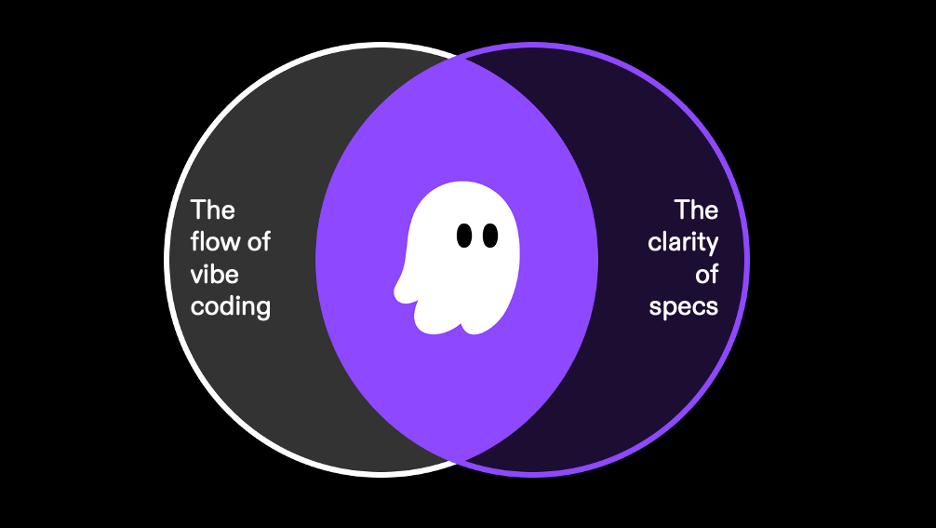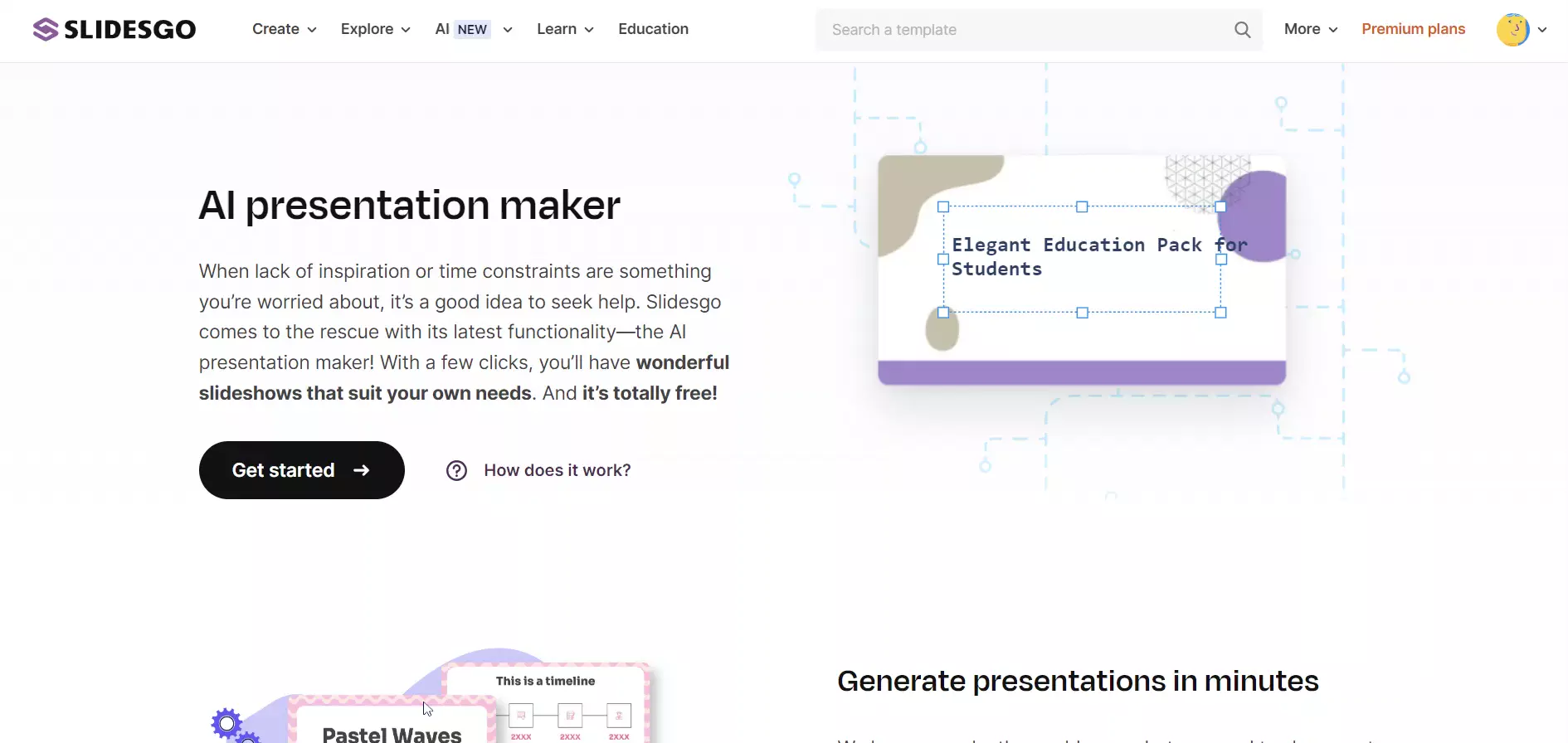Amazon Releases Kiro: An IDE that Redefines AI-Driven Software Development with Agentic Automation
Introduction: From AI Code Completion to AI-First Development Environments
AI tools have long been part of a developer’s toolkit—from code completion in IDEs to conversational assistants like GitHub Copilot. However, these tools typically focus on generating code snippets, lacking the structure, transparency, and context-aware automation necessary to take software projects from ideation to production. Enter Amazon Kiro, an agentic Integrated Development Environment (IDE) built for full-stack, spec-driven, automated software delivery.

With Kiro, Amazon introduces a new class of AI-first IDEs that combine structured prompt-to-code transformation, intelligent background automation, and purpose-built UIs. The goal is simple yet ambitious: move beyond “vibe coding” and deliver a production-grade, end-to-end software engineering environment powered by intelligent agents.
The Shift from “Vibe Coding” to Viable Code
For too long, AI tools for developers have largely focused on what’s been termed “vibe coding” – generating quick code snippets or suggestions based on conversational prompts. While useful for rapid prototyping, this approach often falls short when it comes to building production-ready software. The resulting code can lack formal requirements, robust design, and comprehensive documentation, leading to technical debt and maintenance headaches as projects scale.

Kiro’s core mission is to bridge this gap. It’s engineered to guide developers through the entire software development lifecycle, ensuring that prototypes evolve into polished, production-grade systems. It achieves this by injecting discipline and automation without stifling developer creativity
The Problem with “Vibe Coding”
Most existing AI coding assistants are reactive and limited in scope. Developers interact with a chatbot, generate code snippets, copy-paste them into editors, and repeat. While this accelerates prototyping, it leads to:
- Lack of formal specifications
- Incomplete test coverage
- Poor documentation hygiene
- Mounting technical debt
This is especially problematic in enterprise environments, where traceability, reliability, and maintainability are non-negotiable.
Meet Kiro: A Spec-Driven, Agentic IDE from Amazon
Amazon’s Kiro brings an entirely new framework: one that combines natural language-driven specifications, intelligent agentic hooks, and a purpose-built adaptive interface. This structured flow is aimed at transforming casual ideas into robust, production-grade systems.
1. Specification-Driven Development
Instead of jumping directly from prompt to code, Kiro encourages developers to begin with natural language feature descriptions. These are automatically translated into:
- Requirements documentation with edge case handling (via EARS format)
- API interface designs
- Database schema definitions
- System-level architecture diagrams
- Implementation tasks with proper sequencing and test criteria
This results in living specifications that evolve alongside the codebase and reduce ambiguity in cross-functional teams.
2. Agent Hooks for Context-Aware Automation
A standout innovation in Kiro is its Agent Hooks—background AI agents triggered by actions such as commits, saves, or build events. These agents can:
- Auto-generate or revise documentation
- Launch and analyze test coverage
- Suggest or apply code refactoring
- Run security scans or accessibility checks
- Clean up obsolete dependencies or configurations
This system creates a self-maintaining codebase, allowing developers to focus on solving real problems rather than repetitive tasks.
3. A Reimagined IDE Built for AI-Native Workflows
Kiro offers an interface that balances traditional developer expectations with AI-first capabilities:
- Multi-tab Editor: Standard syntax highlighting, error flags, and refactor tools
- Spec Panel: Real-time requirements and task tracking
- Chat + Command Console: Query and instruct AI with full transparency
- MCP (Model Context Protocol): Integration with external models, APIs, and documents
This IDE is also auditable and reversible—every AI-assisted change is logged, reviewed, and controlled by the user.
Adaptive and Developer-Centric Interface
Kiro’s UI is built on Code OSS (open version of VS Code), enhanced with intelligent layers.

Key UI Elements:
- Unified Editor Panel: Combines syntax-highlighted code editor with AI inline suggestions
- Chat Panel: For prototyping, debugging, and asking code-related queries
- Spec View: Visual task breakdown and progress tracking
- Agent Log: See what actions AI agents are taking behind the scenes (fully auditable)
It also supports:
- Multi-modal prompts: Text, image, diagrams
- Command palette for steering agents
- Model Context Protocol (MCP) integration for linking external data sources and APIs
Kiro gives developers full control while letting automation handle repetitive and mechanical tasks.
Cross-Platform, Cloud-Agnostic, Secure by Design
Despite being developed by Amazon Web Services (AWS), Kiro is not locked to AWS infrastructure.
- Login options: GitHub, Google, or AWS
- Deployment: Local use, browser-based, or self-hosted
- Data: Resides locally unless explicitly shared
- Security: Enterprise-grade encryption and permissioning available in paid plans
This cloud-agnostic approach widens Kiro’s appeal to teams on GCP, Azure, or hybrid stacks.
Pricing and Availability of Kiro
Kiro is currently in public preview, and developers can begin using it immediately.
Pricing Tiers:
| Tier | Price/Month | Agentic Interactions | Notes |
|---|---|---|---|
| Free | $0 | 50 | Basic feature set |
| Pro | $19 | 1,000 | Mid-sized teams, CI-ready |
| Pro+ | $39 | 3,000 | For large projects |
The pricing model is competitive, especially given the built-in intelligence and productivity enhancements Kiro offers.
Use Cases Across the SDLC
Kiro isn’t just another AI playground—it’s designed to integrate into real-world development workflows, making it useful across roles and industries.
| Role | Use Case |
|---|---|
| Frontend Devs | Generate responsive components from UI specs |
| Backend Engineers | Build REST APIs from spec with integrated tests |
| Product Managers | Draft and maintain specs without writing code |
| QA Engineers | Auto-generate regression tests from change logs |
| DevOps | Receive suggestions for CI/CD updates or cleanup |
How Kiro Differs from Competitors
| Feature | Kiro | GitHub Copilot | Cursor IDE | AWS CodeWhisperer |
|---|---|---|---|---|
| Spec-Driven Development | Yes | No | Partial | No |
| Intelligent Agent Hooks | Yes | No | No | No |
| Production-Grade Readiness | Yes | No | No | No |
| Cross-Platform Accessibility | Yes | Yes | Yes | Yes |
| Real-Time Documentation Sync | Yes | No | Partial | No |
Kiro’s end-to-end focus on production workflows—rather than just generating code—sets it apart.
Conclusion
Amazon’s launch of Kiro signifies a turning point in how software will be built in the AI era. By embedding automation at every stage—starting with specifications, continuing through design, development, documentation, and delivery—Kiro lays the foundation for AI-native, production-ready development environments.
Whether you’re an independent developer or part of a fast-moving software team, Kiro offers a path toward reduced maintenance, faster cycles, and better-quality outcomes—without sacrificing transparency or control.
Kiro is currently in free public preview. Visit the official AWS portal to start exploring this agentic IDE that’s built for the future of software engineering. Check out the technical details and download page. All credit for this research goes to the researchers of this project.
Explore one of the largest MCP directories created by AI Toolhouse containing over 4500+ MCP Servers: AI Toolhouse MCP Servers Directory






